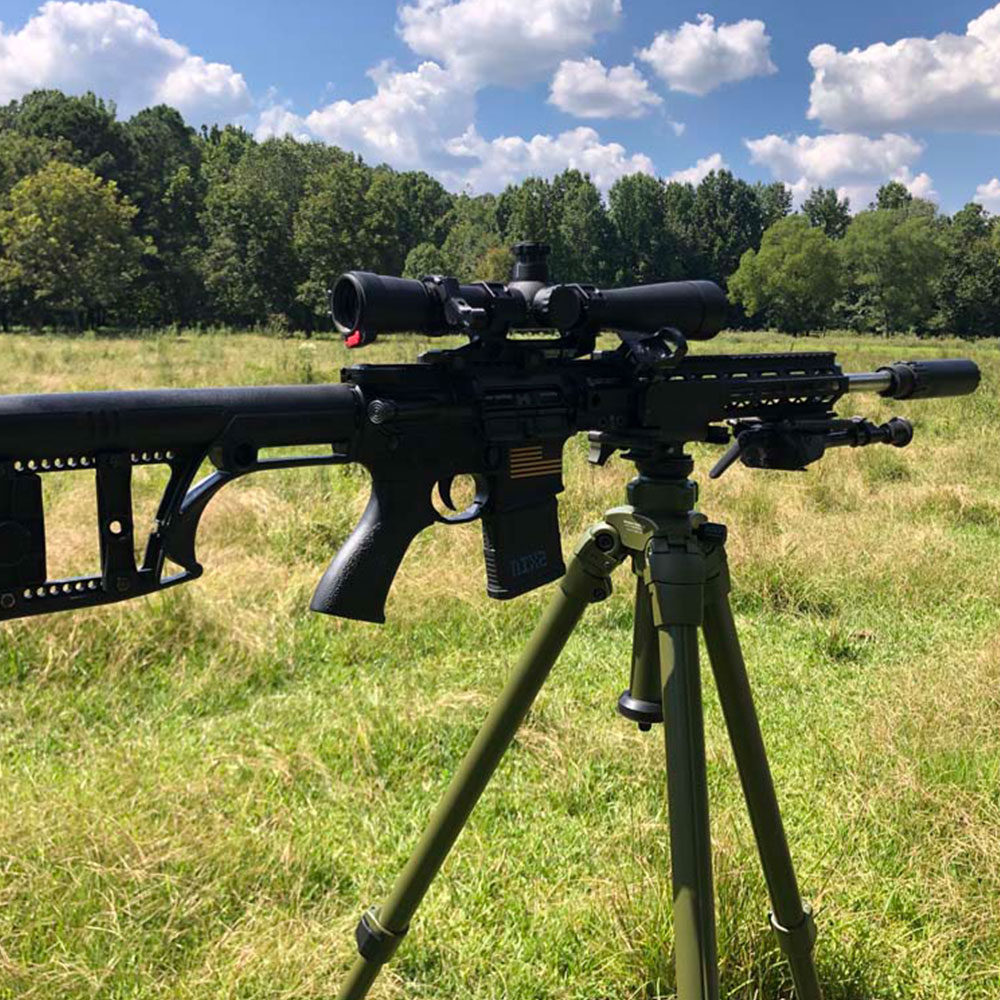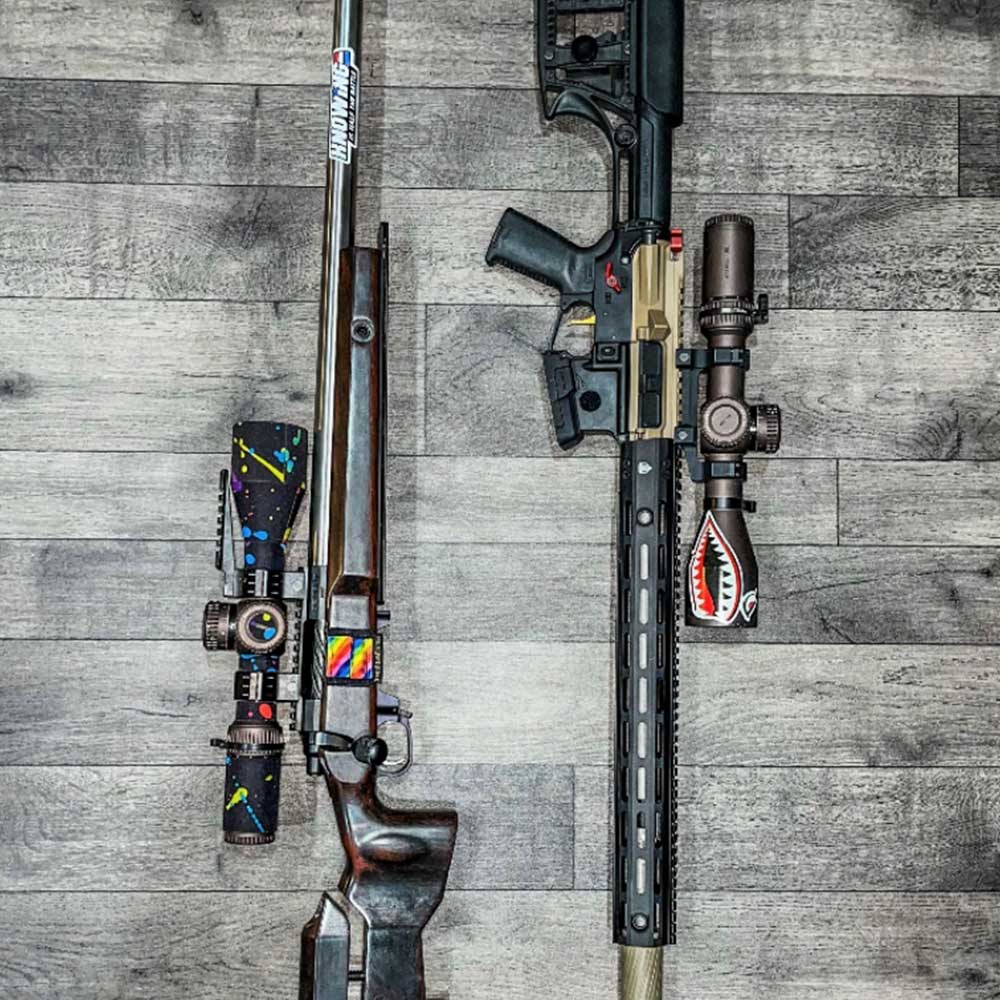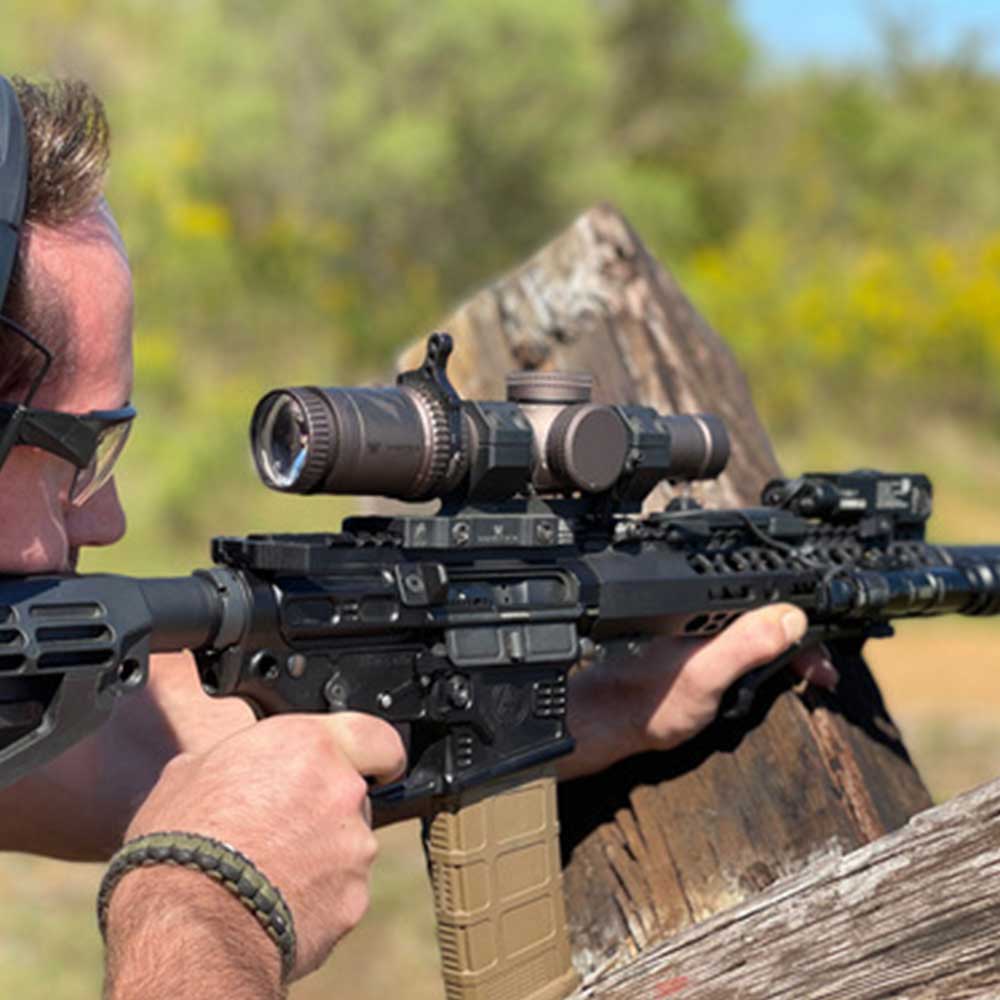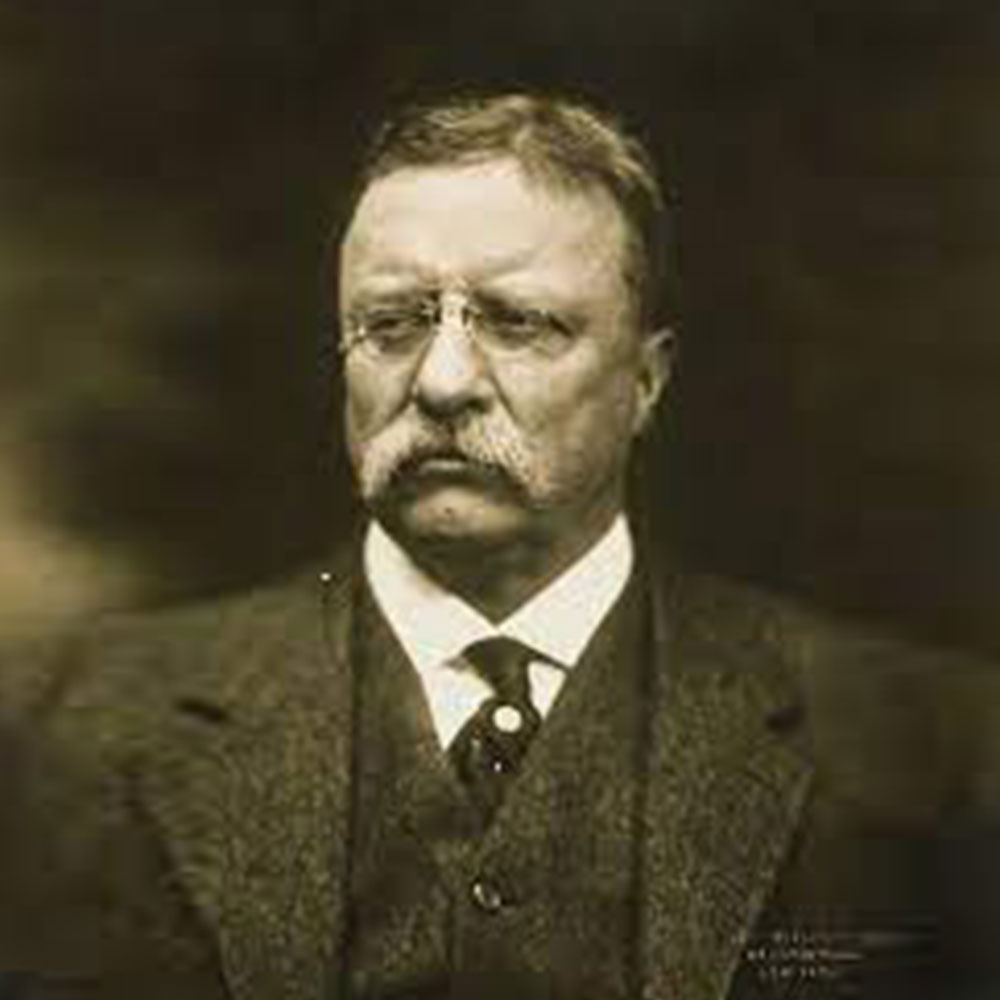What do we mean when we use the term “DMR”?
We use the term Designated Marksman Rifle (DMR) quite a bit. Other people use it as well and different people use it to mean different things. That can cause confusion, so we thought it’d be a good idea to clarify exactly what it means to us.
Broadly, a Designated Marksman (DM) is a rifleman with particular training and equipment intended to bring an increased level of precision to their exiting role. This is entirely different than a sniper. Snipers are a different animal altogether. Here we’re talking strictly about taking an existing job, like an infantry solider or a patrol officer, and applying a higher level of precision. The DM is the shooter, the DMR is the weapon.
In the military, the DMR shows up in both infantry and special operations settings. In law enforcement, it’s generally found with patrol or SWAT officers. In both settings the details of the rifles and optics vary quite a bit, as you might expect, but they generally follow a common theme. They’re most often accurized AR-15s employing Low Power Variable Optics (LPVO) or similar. Of course, these are not hard and fast rules. You will likely find outliers if you look for them. Across so broad a spectrum of groups, there will naturally be quite a bit of diversity. Anecdotally, however, these characterizations are what we’ve found to be generally true.
While there is a lot of overlap, there are differences as well. In our experience when military folks use the term they tend to imply higher magnification optics, longer barrels, and bipods. In some situations, a DM’s role might overlap with a sniper’s role to some degree. For example, they may both make use of a fixed firing position and ballistic firing solutions to provide overwatch to an assault force. This task could be assigned to a sniper or a DM, depending on the context, and it implies a certain set of equipment in terms of reticles, magnification, bipods, etc. Of course, this is not always the case. By no means are all military DMs doing such things. Some may be strictly leg infantry equipped with a fixed power BDC optic and nothing more. In summary, the military DM and DMRs are a wide spectrum and vary greatly depending on the specific context.
In contrast, the law enforcement DM role is usually much more narrow. They usually do not employ ballistic firing solutions at all. Typical law enforcement engagement distances don’t require the use of DOPE and on the occasions where they do, you’re probably dealing with an LE sniper at that point. A DM in law enforcement may employ a magnified optic, but do so primarily to establish Positive Identification (PID) or for increased precision, not because they’re dialing DOPE. If they use any DOPE at all it will be small and they will generally “hold” it in the reticle. Rarely will they dial it on their scope.
Where equipment is concerned, LPVOs are increasingly popular and seem to be eroding the market share previously held by the combination of a red dot and flip-to-the-side magnifier. We do see some pairing their LPVO or fixed power optics with an offset or piggybacked red dot, such as a Trijicon ACOG plus an RMR. Still others use a “switch power” optic like the Elcan Specter DR which switches between 1x and 4x. Some use bipods, but that seems more prevalent in training scenarios. We’ve rarely see them in field use, except on sniper rifles.
In any case, law enforcement DMs tend to fit a more narrow category that falls on the spectrum between the patrol carbine operator on one end and the SWAT sniper on the other. The nuance in their equipment tends to flow from personal preference or institutional compulsion. Whichever the case, it is uniquely focused on medium range PID and precision shooting, almost always without dialing DOPE.
There is no standard definition for DMR. In our experience, the law enforcement meaning is used less frequently than the military meaning. That makes sense. The DMR role is relatively new to law enforcement agencies, compared to the military where it’s been common for decades. So in the end, we’re forced to determine what someone means when they say “DMR” by the context clues. We ourselves use the term in different ways. For example, we advertise a competition called “Scoped Tactical Carbine (DMR/RECCE)” in which we are implying the military meaning of the term DMR. Elsewhere we advertise a law enforcement training course called “DMR” which refers to the law enforcement meaning of the term. This may seem confusing, but each scenario makes sense in context.
So what do we mean when we say “DMR”? The best I can tell you is, it depends.
Like this? Check out our other articles…
[007] Gas Gun vs Bolt Gun
Gas Gun vs Bolt Gun by Zach Stamp [...]
[006] Optic Selection
Optic Selection by Randy Davis In this [...]
[005] Quotes: The Man in the Arena
An excerpt from Roosevelt's "Citizenship in a Republic." Below [...]




